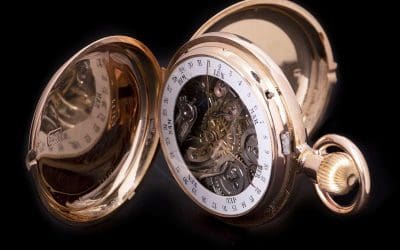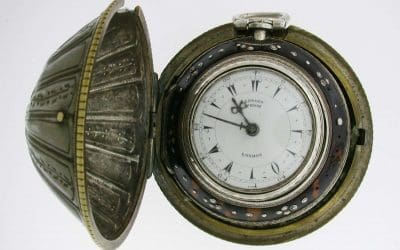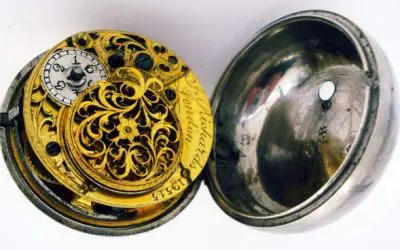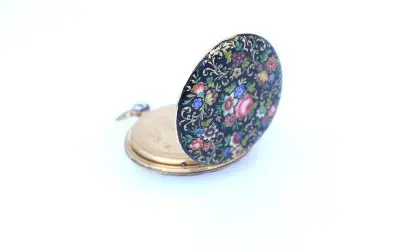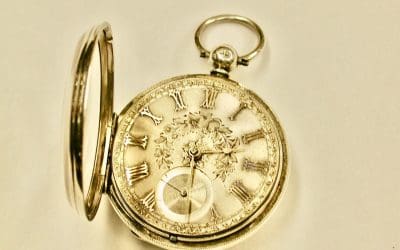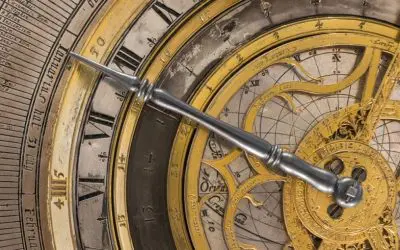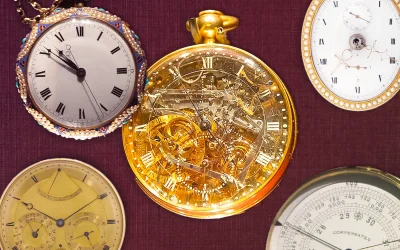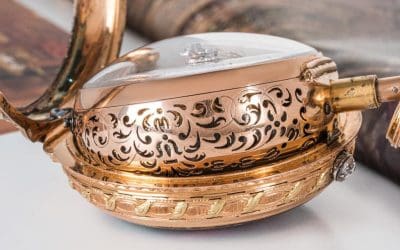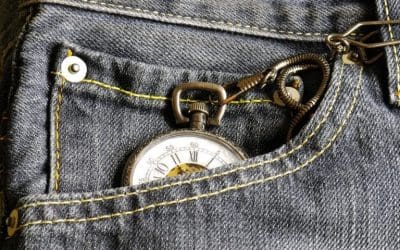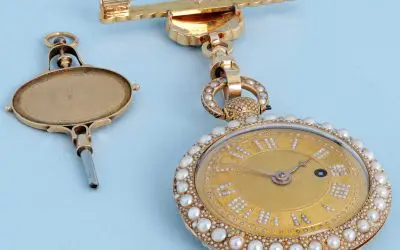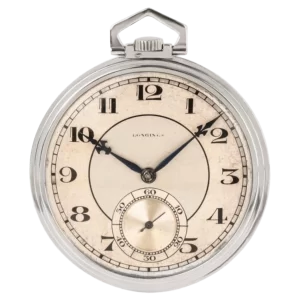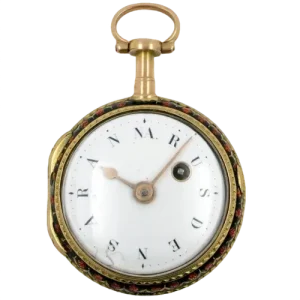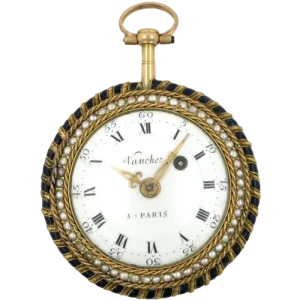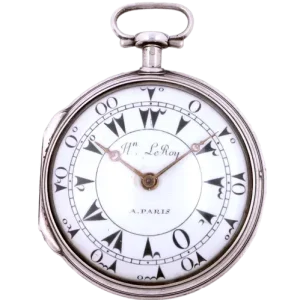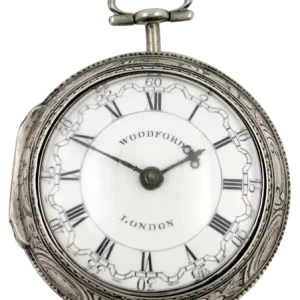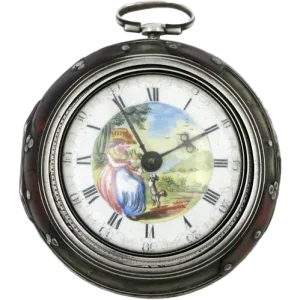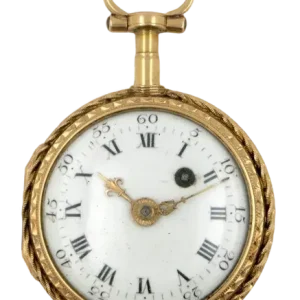How to Identify and Date Antique Pocket Watches
Antique pocket watches hold a special place in the world of horology, with their intricate designs, historical significance, and timeless appeal. These timepieces were once essential accessories for both men and women, serving as a status symbol and a practical tool...
A Marriage of Metal: Exploring the Diverse Materials and Craftsmanship Employed in Multiple-Cased Early Fusee Watches
The world of horology is one that is steeped in history and tradition, with each timepiece bearing its own unique story and legacy. Among the wide array of watchmaking techniques and styles, one particular type of watch stands out for its intricate design and skilled...
The Evolution of Timekeeping: From Sundials to Pocket Watches
The measurement and regulation of time has been an essential aspect of human civilization since the dawn of humanity. From tracking seasonal changes to coordinating daily routines, timekeeping has played a crucial role in shaping our societies and daily lives. Over...
Exploring the World of Women’s Antique Pocket Watches(Ladies Fob Watches)
The world of antique pocket watches is a fascinating and intricate one, filled with rich history and exquisite craftsmanship. Among these treasured timepieces, women's antique pocket watches, also known as ladies fob watches, hold a special place. These delicate and...
More Than Just Gears: The Art and Craftsmanship Behind Exquisite Antique Pocket Watch Dials
The world of antique pocket watches is a rich and fascinating one, filled with intricate mechanisms and timeless craftsmanship. However, there is one element of these timepieces that often goes overlooked - the dial. While it may seem like a simple component, the dial...
Top Watch and Clock museums to Visit
Whether you're a horology enthusiast or simply have a fascination with intricate timepieces, visiting a watch and clock museum is an experience not to be missed. These institutions offer a glimpse into the history and evolution of timekeeping, showcasing some of the...
The Fascinating World of Antique Watch Complications: From Chronographs to Moon Phases
The world of antique watches is one full of history, craftsmanship, and intricacies. While many may view these timepieces as simply functional objects, there is a hidden world of complexity and fascination within them. One particular aspect that has captivated...
From Royalty to Railroad Workers: Unveiling the Diverse Uses of Antique Pocket Watches Throughout History
Pocket watches have been a staple accessory for centuries, serving as a status symbol for the wealthy and a practical tool for the working class. While their popularity may have dwindled in recent years with the rise of technology, these intricate timepieces hold a...
How to Wear a Pocket Watch: The Complete Guide
Pocket watches have been a staple accessory for gentlemen for centuries, adding a touch of elegance and sophistication to any outfit. However, with the rise of wristwatches, the art of wearing a pocket watch has been somewhat lost. Many may see it as a thing of the...
Verge Fusee Antique Watches: a Staple of Horological History
Verge Fusee Antique Watches have been a staple of horological history for centuries, captivating watch enthusiasts with their intricate mechanisms and timeless designs. These watches, also known as "verge watches" or "fusee watches", were the pinnacle of timekeeping...
The Value of Time: Understanding the Market for Antique Pocket Watches and Investment Strategies
In today's fast-paced world, time is often considered a commodity, something to be managed and maximized. However, for collectors and investors, the concept of time takes on a whole new meaning when it comes to antique pocket watches. These small, intricate timepieces...
Antique Pocket Watches vs Vintage Wirst Watches
When it comes to timepieces, there are two categories that often come up in conversations: antique pocket watches and vintage wrist watches. Both have their own unique appeal and history, but what sets them apart? In this blog post, we will explore the key differences...

